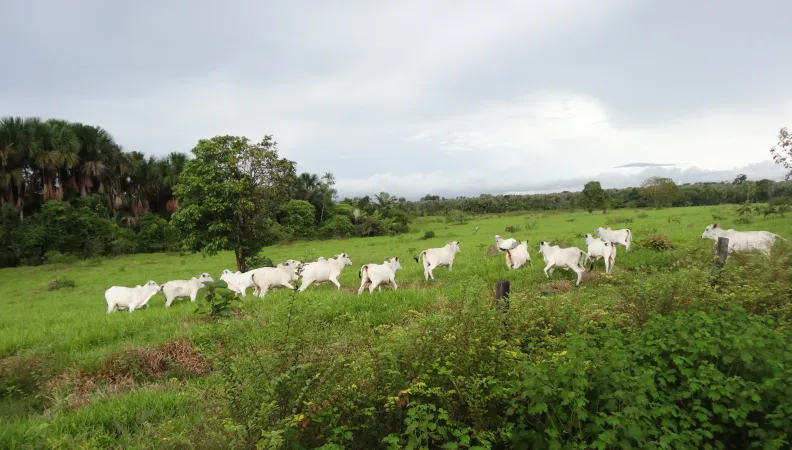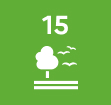Share the page
Moving towards new production models favouring biodiversity (Allianza)
Project


-
Project start date
-
Status
In progress
-
Estimated date of project termination
-
-
Project financing date
-
-
Financing duration
-
5 years
-
Type of program
-
FFEM
-
Global financing amount
-
€ 7000000
-
FFEM financing amount
-
€ 2000000
-
Project lead member institution(s)
-
AFD
-
Country and region
-
Brazil
-
Type of financing
-
Beneficiaries
-
Save Brazil
-
Type of beneficiary
-
Public local authority



The biodiversity of the natural pastures on the Brazilian Pampas is threatened by land conversion to monoculture farming. To protect this biodiversity, the project – supported by the FFEM – aims to provide innovative and sustainable ways of improving traditional beef farming.
Context
In the South of Brazil, the Pampas biome contains remarkable biodiversity: over 400 species of grasses, 578 species of bird, 85 species of mammal, and 75 species of amphibian and reptile. Since the 17th century, the natural prairies comprising the Pampas have supported extensive beef farming. Over the years, however, this traditional, environmentally-friendly practice has lost out to monoculture farming (up 188.5% between 2000 and 2015) and new livestock management technologies, which between them pose a threat to this eco-region.
With the help of the FFEM, this project supports the Alianza del Pastizal (Prairie Alliance) initiative – the goal of which is to protect extensive livestock farming and the biodiversity of the pastures – by deploying new production methods.
Description
The project has 5 components:
- Developing new financial instruments to encourage maintenance of natural pastures in livestock operations.
- Promoting good practices in agriculture and livestock rearing.
- Promoting agricultural and livestock products from biodiversity conservation systems in the Pampas biome.
- Rolling out participative governance mechanisms within the Alianza del Pastizal (Prairie Alliance).
- Raising awareness of the impact of sustainable livestock production systems on climate change and biodiversity.
Outcomes
- Reduction in the obstacles to accessing credit and improving producers’ knowledge of the conditions for accessing financing.
- Training and specialisation of technicians and students on production systems in the Pampas biome.
- Development of a marketing programme for agricultural products and livestock by-products.
- Monitoring birdlife and flora by farmers and their employees on farms which are members of the Alliance.
- Establishing partnerships with consortia of national and international research and education institutions.
Innovative and exemplary features
Supported by the FFEM this project is innovative as it is based on a partnership between an environmental conservation NGO, rural producers and the main local public institutions. It also offers a holistic approach to the problem. Its action is not restricted to balancing the need to improve extensive cattle rearing and conserving pasture biodiversity; it also encompasses the diversification of activities and practices as an asset in ecosystem preservation and the economic viability of farms. For example, the project has helped to introduce viticulture, olive growing and beekeeping in the region.
The use of incentive schemes to boost participation of women and young people in various initiatives is also an innovative approach.
Sustainable Development Goals
ODD12 Responsible consumption and production

ODD13 Climate action

ODD15 Life on land



